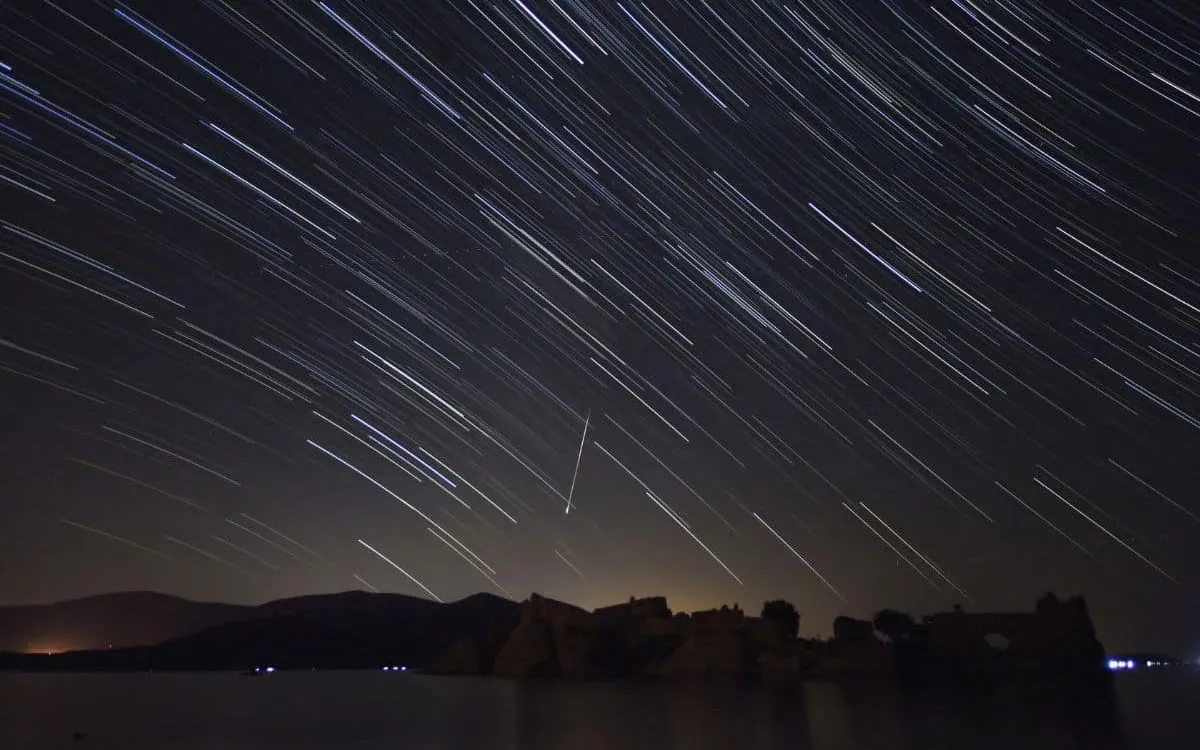
As April and May unfold, skywatchers are in for a celestial treat with the arrival of two spectacular meteor showers. The annual events, namely the Lyrid and Eta Aquariid meteor showers, promise to deliver unforgettable views, with visibility varying based on your location.
Beginning on April 17, the Lyrid meteor shower will illuminate the northern skies, peaking between April 21 and 22. This captivating annual event occurs as Earth passes through the debris left behind by Comet C/1861 G1 (Thatcher), which has an extensive orbital period of 422 years around the Sun. The meteors from this shower appear to radiate from the vicinity of the constellation Lyra, hence the name “Lyrids.”
This year, the peak of the Lyrid shower coincides with a waning moon, which will be approximately 40% full. While the moon’s glow may slightly obscure the visibility of the shooting stars, EarthSky recommends that the best time to observe the meteors will be on the evening of April 21, just before moonrise. If the sky remains clear, observers could witness between 10 to 15 meteors per hour, although the exact number will depend on your location and prevailing weather conditions.
The northern hemisphere will offer the best views of the Lyrid meteor shower, especially since the radiant point is located near Lyra, which rises high in the northern sky. However, observers in the southern hemisphere may struggle to see many meteors due to the radiant point being too low on the horizon. The most stunning views are expected from regions in North America, Europe, and Asia. For those planning to watch, seeking a dark, unobstructed location away from city lights will significantly enhance the experience.
Following the Lyrids, from April 20 to May 21, the Eta Aquariid meteor shower will grace the skies, with its peak occurring between May 2 and 3. This breathtaking shower originates from the debris trail of Halley’s Comet, one of the most renowned comets in history, which returns to the inner solar system approximately every 76 years. The meteors from the Eta Aquariids appear to radiate from the constellation Aquarius.
During its peak, the Eta Aquariids can produce up to 50–60 meteors per hour, although the intensity may vary based on your viewing location. While the southern hemisphere enjoys the most abundant views, the northern hemisphere can still catch glimpses of this meteor shower, albeit with fewer meteors—around 20 per hour under ideal conditions. For the best viewing experience, early morning hours, especially after midnight, are the prime times to observe the Eta Aquariids when the radiant point is high in the sky.
The beauty of meteor showers like the Lyrids and Eta Aquariids is that no special equipment is necessary to enjoy the spectacle. All you need is a comfortable spot, clear skies, and your own two eyes. While binoculars or a telescope can enhance the experience, they are not essential. For optimal viewing, ensure you are away from artificial lights and ideally located in a dark rural area to fully appreciate the celestial show.